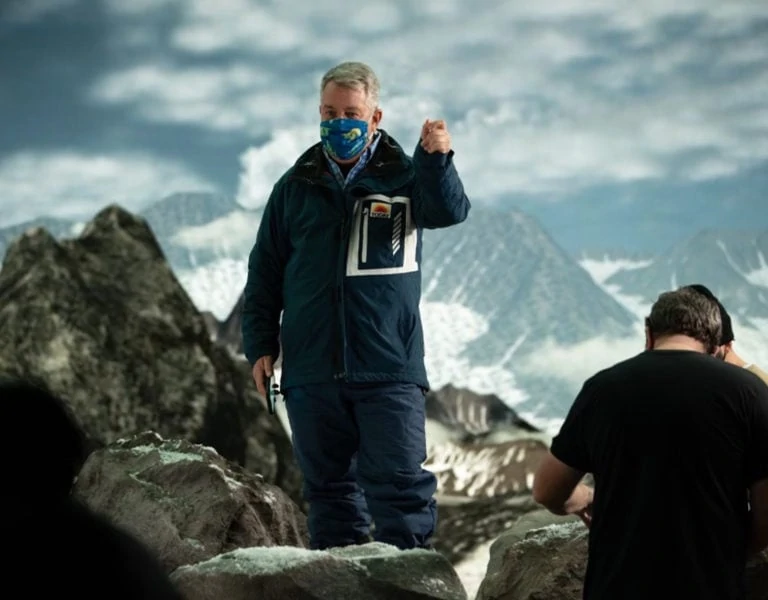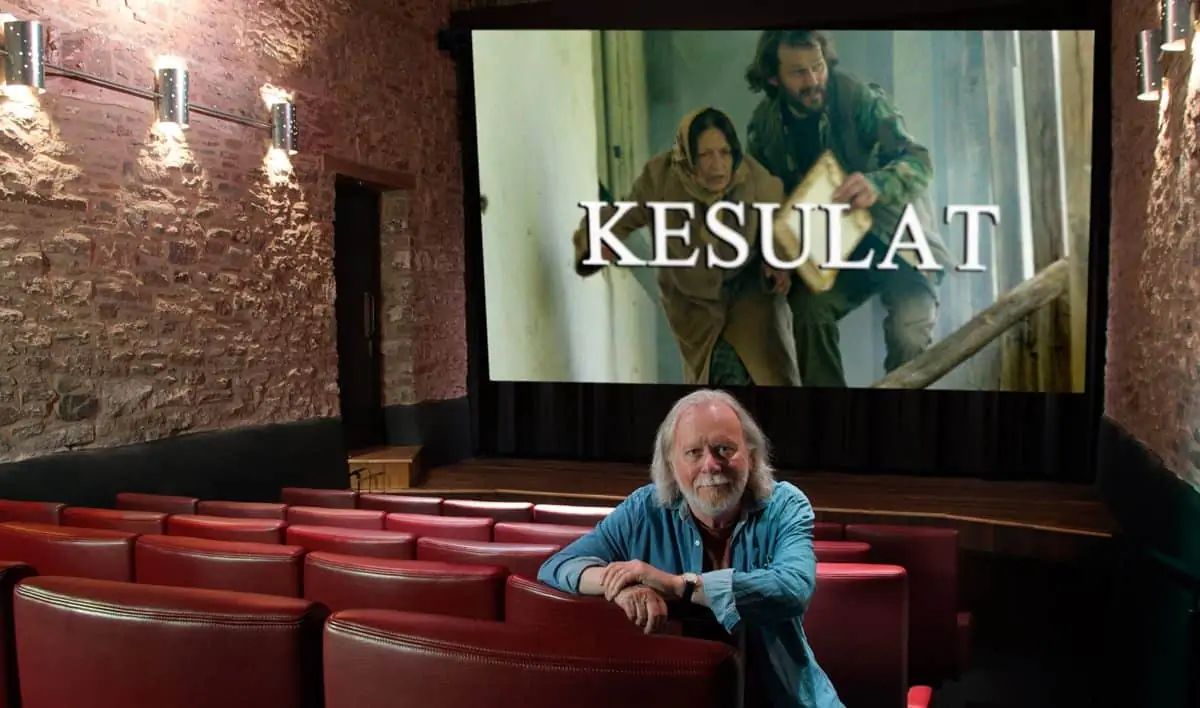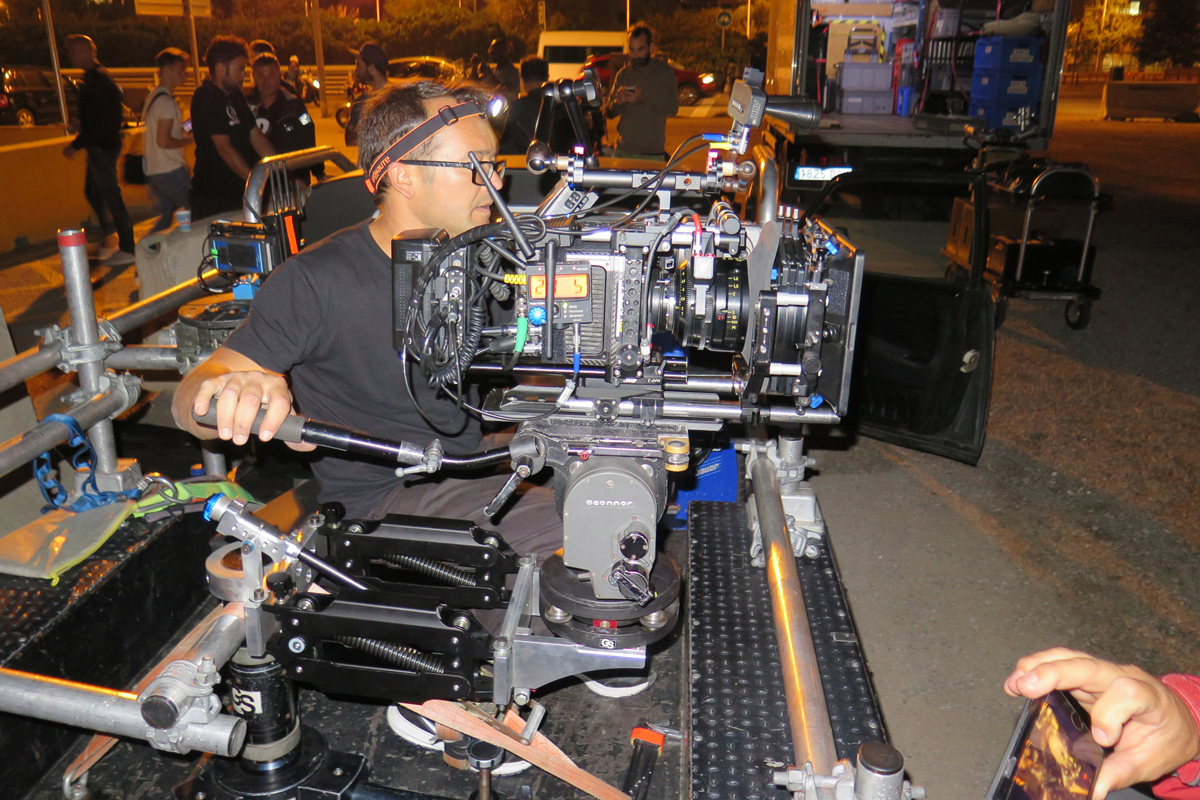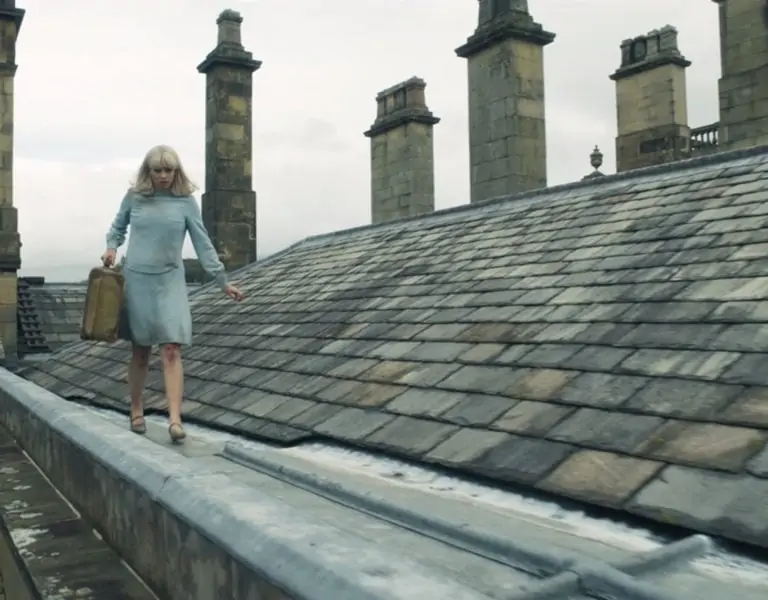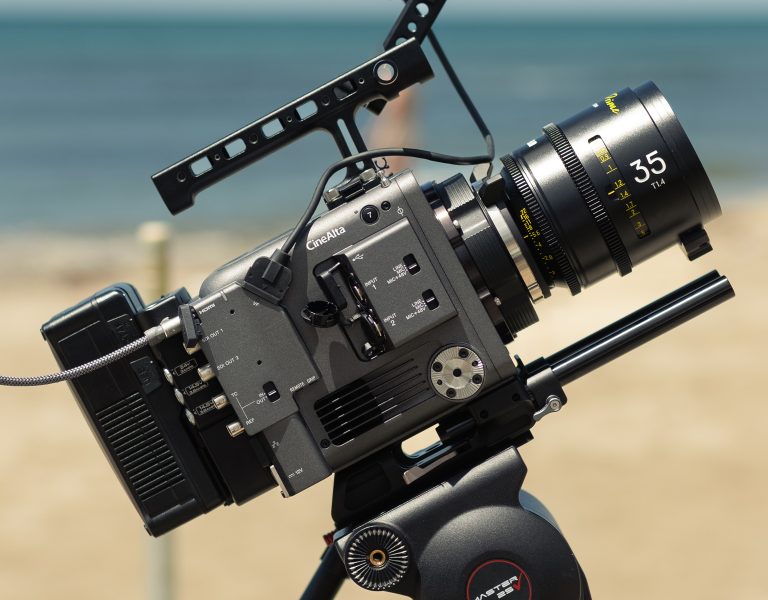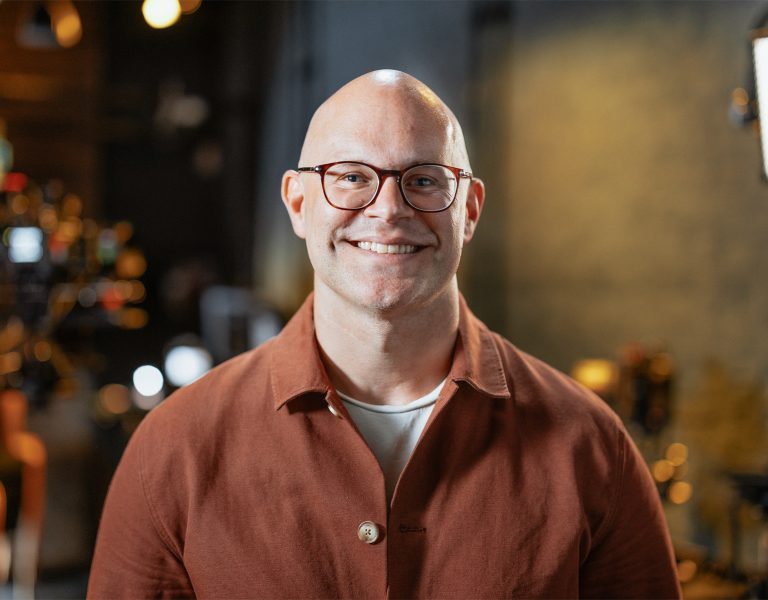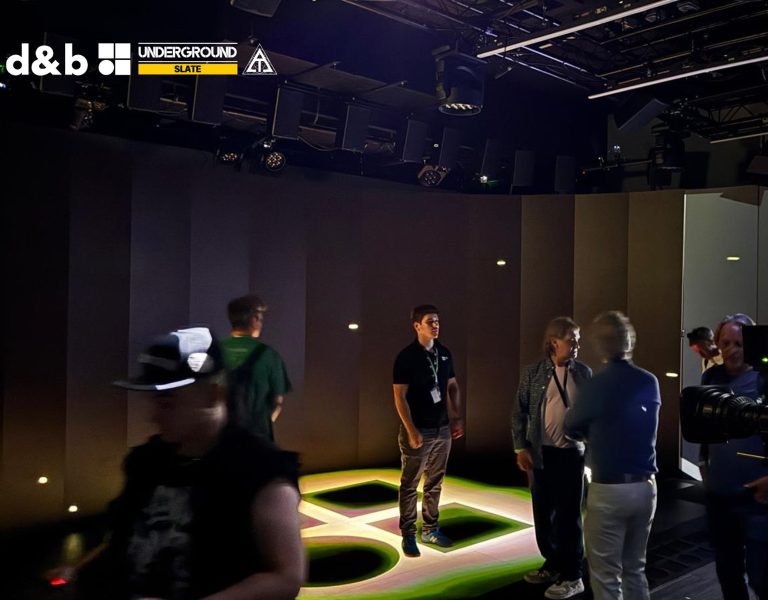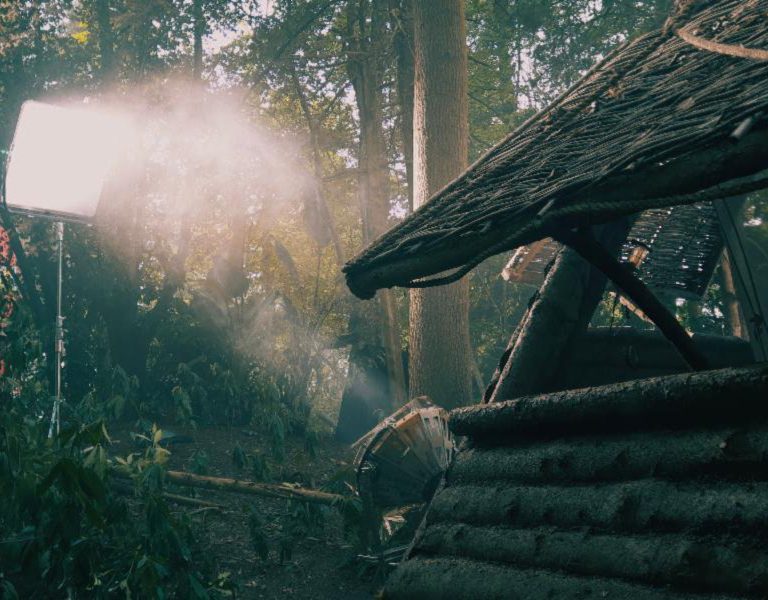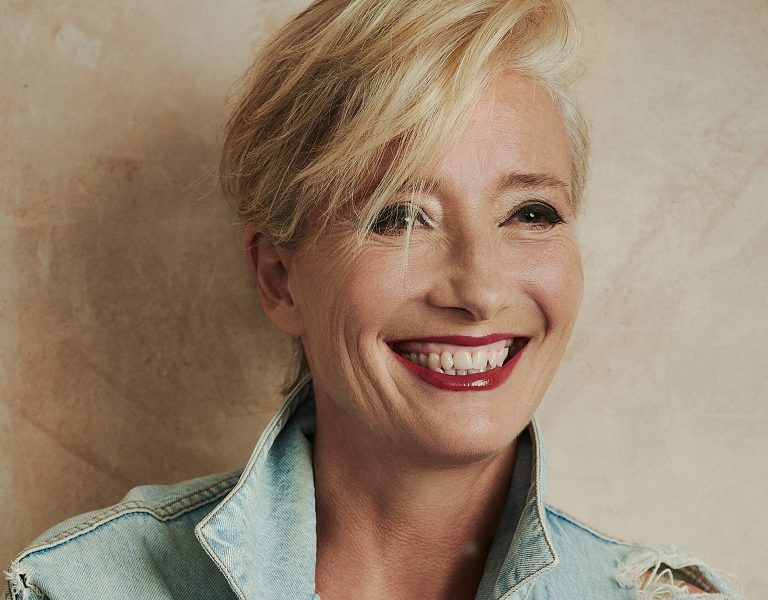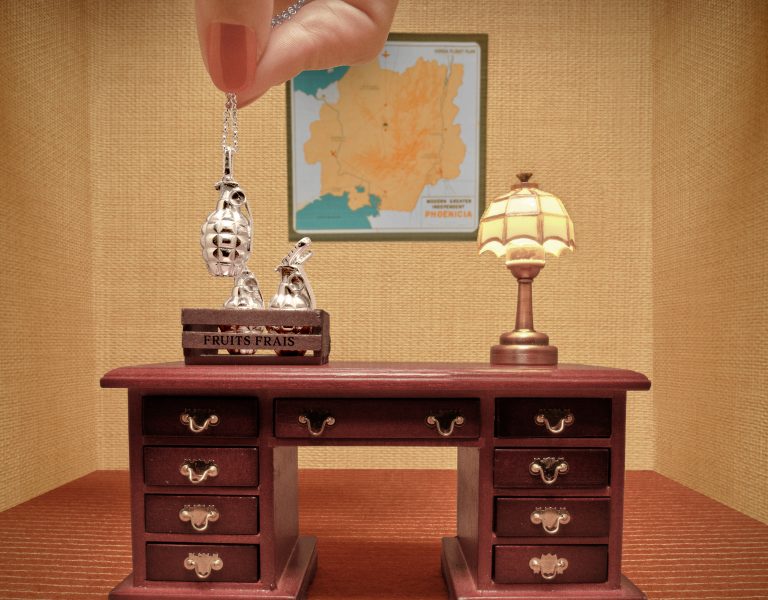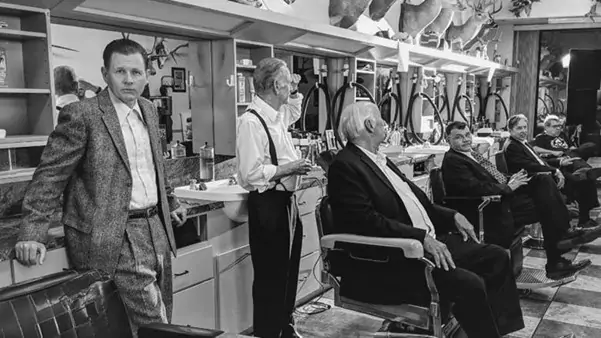 A few years ago, my dear friend Kurt St. Thomas invited me to his house in St. Augustine, Florida for a long weekend to look at possible locations and discuss his plans to shoot a remake of the noir classic movie D.O.A.
A few years ago, my dear friend Kurt St. Thomas invited me to his house in St. Augustine, Florida for a long weekend to look at possible locations and discuss his plans to shoot a remake of the noir classic movie D.O.A.
He wanted to make it as historically accurate as possible – a period piece set in 1949 to be shot in black and white. It was a very ambitious project considering the miniscule budget, but he was absolutely determined to do it. He had cast his old friend John Doe, vocalist and bass player for L.A. Punk legends X, in the leading role of Frank Bigelow. The script called for John (Frank Bigelow) to be in every scene bar one – daunting for any actor but especially so for someone who usually played a supporting role.
I have worked with Kurt many times, shooting music videos in L.A., where we first met and both lived until recently. Although I enjoyed my visit to Florida, I didn’t think for a minute that the film would actually happen. Mind you, I knew if anyone could pull it off, Kurt could. Once his mind is hooked onto something his determination is formidable.
In February last year, Kurt called to let me know we had to be ready to shoot in a few months as John Doe was only available for the month of April and was on tour after that, on and off, for the rest of the year. This sudden development was a big surprise but if we wanted John Doe then we had no choice. Day one on the schedule was April 1st. The irony didn’t escape me.
I had no idea until I arrived in St Augustine, a week before we started shooting, whether I would have a camera crew or not, so I decided I’d better get the smallest camera package I could work with. I called an old friend in Atlanta, Jordan McMonagle, who co-owns a small rental house called Shudder Studios, to see if he could help. Thankfully he had a RED Dragon on the shelf so I booked it for the month along with an Angenieux EZ-1 (15-40mm) and EZ-2 (45-135mm), clip-on matte box, some ND’s, head, sticks, 17” monitor and a follow focus. That was about it. As I didn’t know if I’d have any help I just got what would fill a junior mag liner that I could push around – anything else would be excess baggage!
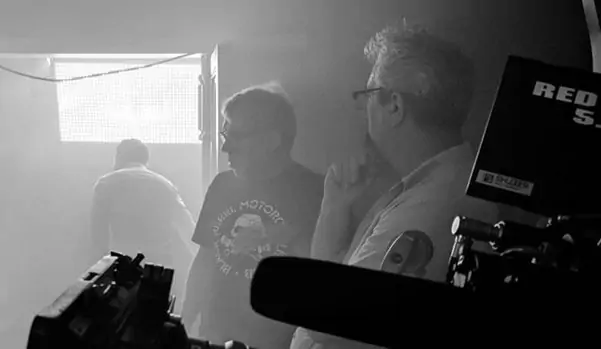
The lenses worked a treat and as I pointed out to Kurt, I’ve worked as a 1st AC on many movies where we had a big heavy lens cart full of glass but shot 90% of the movie on the same two zooms we had on D.O.A. Of course, if we had the money and a full crew I’d have had three cameras and more glass than we’d ever need but sometimes what you can carry on your back is just enough, multiple locations and everything else concerned! But mostly because we only had John for a limited time and because he was in just about every scene there was never going to be time for experimenting and playing around with lights and camera, not that there ever is really, but we didn’t even have any prep time to set a look, we just had to trust each other and the equipment we had.
The RED Dragon was pushed to, what I assumed would be, its limits but it seemed to not mind at all digging into shadows and occasionally dealing with quite extreme contrast. As we were shooting RAW I had an Atomos Shogun 7” on-board monitor so I could record proxy files (when I remembered to hit the record button) and be able to review during the day and download the files at night. The RAW files were downloaded and sent to the editor in Boston where he made real proxies to send back to Kurt. A lengthy process but relatively simple really.
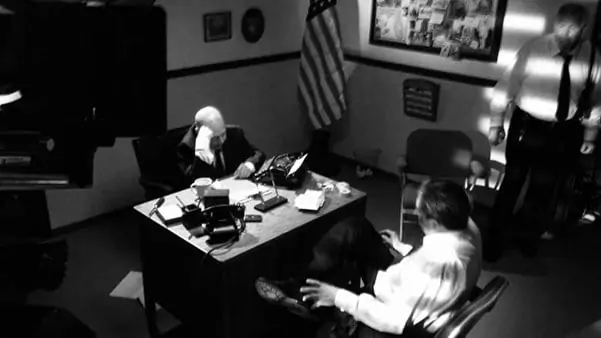
I would’ve liked to use the RED Monochrome for the film but alas, we just didn’t have the wherewithal. Maybe next time. I’d like to shoot a comparison test one day just to satisfy my own curiosity. Shooting monochrome is such a strange thing to get used to if you haven’t done it before. I found myself thinking about colour temp and at the beginning we all had to keep reminding ourselves that we were shooting B&W. The images tend to look much more dramatic than colour and the extremes in contrast and low key lighting you simply wouldn’t get away with in colour.
I had some fun times with Stuart Bicknell, my wonderful gaffer, trying to stop him doing his job so well. It went against everything he’d learned over the years to not light every inch of the frame. Sometimes I wanted half the actor’s face lit and nothing else at all. He was always trying to offer up a little bounce or something, “just to give a little life back there?”
“No, let it go black”
“But…”
“No.”
Stuart’s truck of goodies provided us with a small but efficient lighting and grip package. I think we used just about everything on there during the course of the film. Probably the most used were a couple of Source 4’s and a Litemat 4 that was such a versatile light that we could put it just about anywhere. The Source 4 would really come into its own when making shadows on the wall or somewhere on a small set without having to cut the light with lots of flags and c-stands to trip over.
It turned out that Stuart and I had worked together about 15 years ago on a Sesame Street 3D show at Universal in Orlando; he was an electrician and I was a camera assistant – a small world. He is the most extraordinary man and we would have been in big trouble without him. He has an infectious joie de vivre and passion for the process of filmmaking that is priceless and I look forward to working together again on the next adventure – wherever that may be.
We ended up being very lucky with getting local crew as well; Dean Freeland was 1st AC, after which my son Jack took over for the last two weeks. We also reeled in a couple of film students from Flagler College, Tyler and Brad, who were both very hard working and enthusiastic. I’ve worked on quite a few big movies where lots of money is being spent and I must say it’s great fun and I love it, but when there’s little or no money and a crew signs on to do the job anyway, the camaraderie that comes with that is inspirational and often creates an atmosphere of collaboration that is rare on the big shows.
No-one made much money on this movie, but we all reaped the rewards of working with a tight-knit group of now life-long friends that wanted to make something worth the admittance fee at your local cinema, or at least a Netflix rental!
My deepest gratitude to all the cast and crew, RED Cinema, Angenieux, Shudder Studios and the city of St Augustine, Florida. Oh yeah, and Kurt St Thomas.
D.O.A – The Movie is currently in post-production – awaiting a further injection of cash in order to complete it the way it should be!
Peter Berglund GBCT, director of photography and camera operator, D.O.A – The Movie
